


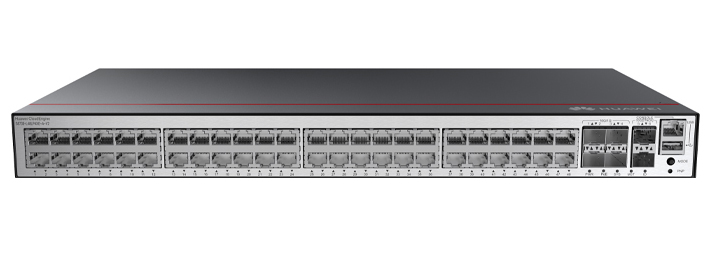
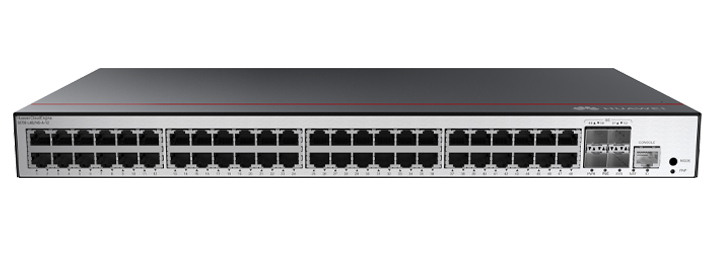
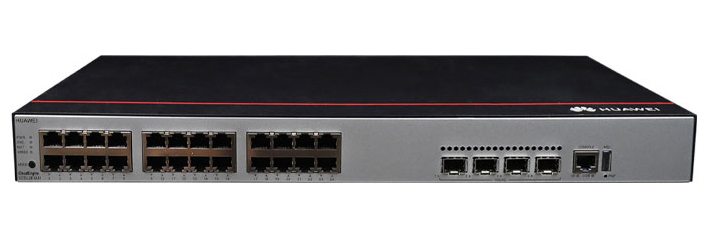


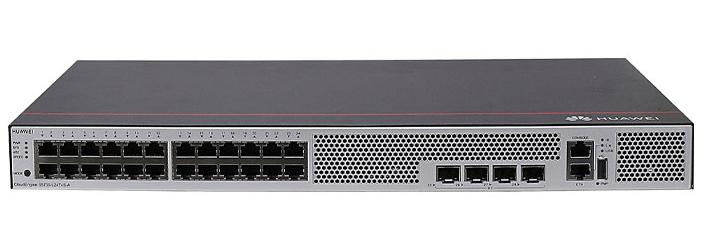
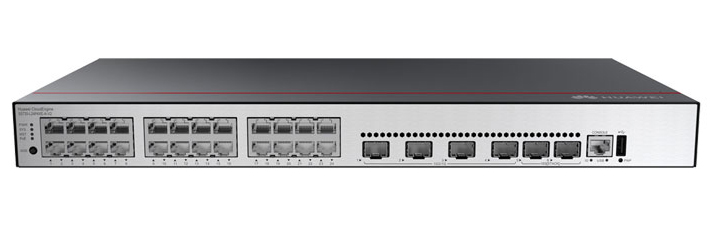
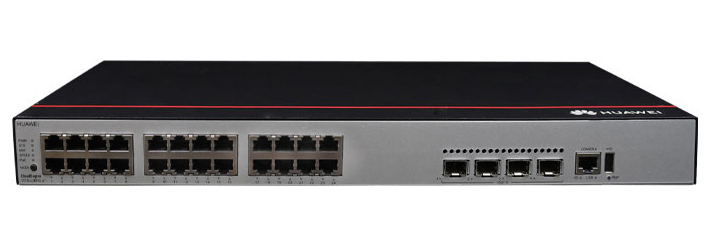




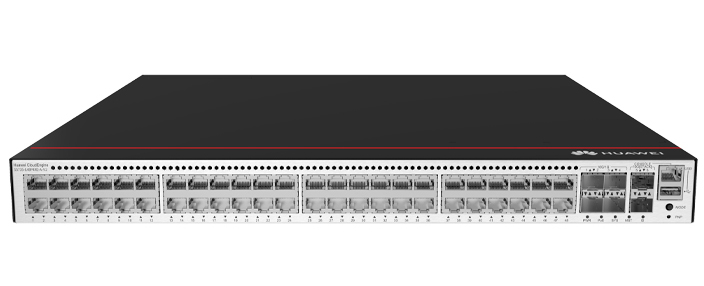



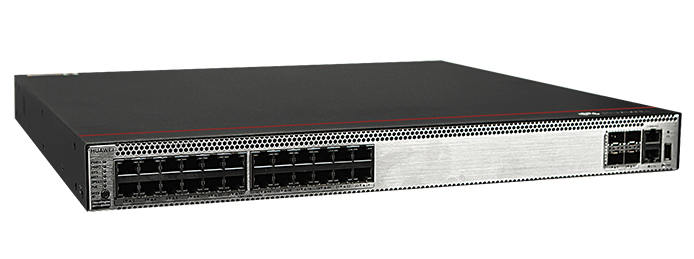












Contrary to popular demand, Linux is an operating system that can be used and enjoyed by everyone. Thanks to the continued proliferation of the operating system, there's a version of Linux perfectly suitable for the newbie all the way to the seasoned vet.
But let's talk about the novice user for a second: finding just the right version of Linux that is best suited to help them get started can be a daunting proposition. Why? Because there are so many different versions of Linux to choose from, and it can easily get overwhelming.
Also: How to choose the right Linux desktop distribution
With nearly 3 decades of Linux experience, we are here to help you choose the version of Linux that will get you started on the right foot, so your journey is not only as easy as possible but also fun, reliable, and safe. We have used these versions ourselves, and our favorite overall distribution for beginners ended up going toLinux Mint for its open source code, its interface that resembled Windows, and its cheap price tag (spoiler alert: it's free).
So, with all that, here are our suggestions for the best Linux distributions for beginners.
Linux Mint features:Price:FreeCore code:GNOME 2.xOpen source?Yes
What's a Windows 10 user to do? They should turn to Linux Mint, in particular, the version using the Cinnamon interface. And my current favorite desktop operating system is Linux Mint 20.2. I can highly recommend it to anyone.
Mint with several desktop environments like Cinnamon looks a lot like XP or Windows 7. It uses a Windows Icon, Menu, and Pointer (WIMP) interface much like the one you probably already know and love. It's not a one-to-one match with XP or Windows 7, but most Windows users will find Cinnamon a comfortable fit.
Check out: 12 best Windows laptops
Linux users who grew up with the GNOME 2.x style interface will also love Cinnamon due to its ____ and ___.Another worthwhile alternative for people who are fond of GNOME 2.x that is also integrated into Mint is MATE because of _____.While Cinnamon rests on the foundation of the GNOME 3.x desktop, MATE is an outrightGNOME 2.x fork WHAT DOES 2.X FORK MEAN? Explain that. MATE is also available on Mint.
View now at Linux MintChrome OS features:Price:FreeCore code:Gentoo LinuxOpen source?Yes
Do you use the web for everything? Do you write with Google Docs, use Mint for your personal finances, and Gmail for your email? If that's you, then what you want is aChromebook [you should segue to Chrome OS after you mention the chromebook].
Also: The 5 best Chromebooks
To be clear, Chrome OS is not technically Linux but rather an OS based on Linux that uses the Linux kernel. Chrome OS is the operating system that runs Chromebooks and is based on Gentoo, which is an experts-only Linux. The good news is that you don't need to know a darn thing about it[ABOUT WHAT? GENTOO OR LINUX?].While you can get to Linux from Chrome OS, you'd never need to look under the hood.
Anyone can use Chrome OS. I mean, if you're reading this article via a web browser, which you almost certainly are, you already know how to use "Linux" enough to work with a Chromebook.
You also don't need to buy a Chromebook to use Chrome OS. Neverware, formerly an independent company and now a branch of Google, offers ChromeOS Flex. With this ChromeOS variant, you can convert pretty much any PC or Mac that's been built since 2007 into a much safer and more usable Chromebook clone. No fuss, no muss, and a lot more useful than whatever you're currently running on an older PC. You can also enable Linux support in Chrome OS and install and run Linux apps.
To make this more appealing, you can also run Linux apps from your Chromebook, which helps to convert it to a more traditional OS.
View now at Google ChromeUbuntu features: Price: Free for individuals/Variable commercial pricingCore code:GNOME 3.xOpen source?Yes
How easy is Ubuntu with Unity to use? I once got my 82-year old mother-in-law up and running on it, and we didn't even speak the same language! For over a decade, Ubuntu was considered the most recommended Linux distribution for new users. That still holds true today (although Linux Mint frequently steals that title away on Distrowatch).
Ubuntu is simple, beginner- and user-friendly, straightforward, and has a great deal of community support. If you have a question, someone out there has almost certainly had the same problem and found an answer for it.
By default, Ubuntu uses the GNOME 3.x interface. It takes some learning if all you've known before is Windows, but it's really not that hard. In fact, once you get accustomed to the interface, you'll see that it makes perfect sense (and you might even wonder why other desktop operating systems don't follow suit).
The most recent long-term support (LTS) is Ubuntu 22.04, which is supported through April 2025.
View now at Ubuntu View now at Play.google View now at Apple App Store more buying choicesZorin OS features: Price: Three of the four versions are free; Pro costs$39Core code: Ubuntu Open source?Yes
So, you really, really don't like the idea of even learning a little bit of GNOME. OK, in that case, give Zorin OS a try. It's based on Ubuntu, as is Mint. But you can use its custom Zorin Appearance app to provide the desktop with a Windows look and feel.
Zorin's whole reason for being is to help you move over from Windows, or macOS, to Linux -- this operating system also comes with documentation that's specifically designed to help you move from Windows to Linux. Zorin comes in four different versions: Core, Lite, and Education editions are free, while Pro, which can duplicate the macOS look and feel, costs$39. The Core edition really gives you everything you need, while the Lite version gives older machines a new lease on life. Education does just what the name says; it comes with some education programs pre-installed. The most recent version of any of the three is Zorin OS 16.13.
Check out: Want to save your aging computer? Try these Linux distributions
View now at ZorinMX Linux features: Price:FreeCore code:DebianOpen source?Yes
A few years back, one of my favorite Linux desktops was MEPIS Linux. This Debian Linux-based distribution worked well. Eventually, though, its founder and maintainer, Warren Woodford, had to turn his attention to other businesses. MEPIS's fans joined forces with the related antiX Linux communities and revived the project as MX Linux.
Today, it's a good, solid lightweight desktop that uses Xfce as its interface. It works well, and it's very popular. What I like most about it is that it's beginner-friendly, easy to pick up, and you can run it on even ancient Pentium II gear. In short, it's ideal if you want to get your feet wet with Linux on a PC that would otherwise be collecting dust in your closet.
So, ready to give Linux a try? It's worked well for me for almost 30-years, and it can work well for you for the next 30. While most desktops seem to be heading to a DaaS model--including Windows -- I can guarantee you Linux will still be available for your PC decades from now.
The most recent edition available today is MX-23 "Libretto."
View now at MX Linuxelementary OS Features: Price:Free option available (price is pay what you can)Core code:Ubuntu LTSOpen source?Yes
For a stretch of about 5 years, elementary OS was my default Linux distribution. I initially adopted it because of the elegant Pantheon desktop, which made using Linux a real treat. I continued using elementary OS because it never failed me. It was rock solid, easy to use, and performed like a champ, no matter how much time had passed. Eventually, I gave up elementary OS because I started purchasing System76 hardware that shipped with Pop! OS. However, I do miss those days of elementary OS. It really is that good.
The only caveat to using elementary OS is that the app center doesn't have nearly the amount of software found in, say, the Pop! OS Pop Shop or the Ubuntu Software app. Fortunately, however, elementary OS does ship with both Flatpak and Snap pre-installed, so you can install a wealth of applications from the command line (as neither Flatpak or Snap support is built into the graphical user interface). I would recommend elementary OS to any user looking to either migrate from macOS or to a Linux distribution that offers a simple to use, beautiful interface and doesn't mind installing apps from the command line.
View now at elementary OSFor me, it's Linux Mint. It has a user interface that looks and feels very much like Windows for easier transitioning as well as a free and open-source code for making your own tweaks. The best part is that Linux Mint doesn't collect your data at all, so you can use it with confidence that your personal info won't end up on a server somewhere to be sold to advertisers.
| Linux distro | Price | Core code | Open source? |
| Linux Mint | Free | GNOME 2.x | Yes |
| Chrome OS | Free | Gentoo Linux | Yes |
| Ubuntu | Free for individuals/Variable commercial pricing | GNOME 3.x | Yes |
| Zorin OS | Free for individuals/$39 for commercial license | Ubuntu | Yes |
| MX Linux | Free | Debian | Yes |
| elementary OS | Free option available (pay what you can) | Ubuntu LTS | Yes |
In the end, the best Linux distro for you is whichever one feels the most familiar. Some of the picks on our list have user interfaces that are very, very close to older versions of Windows to make it easier to learn something new. Others allow for dual-booting so you can swap back and forth between operating systems when you want to poke around in Linux for an afternoon or need to get some work done in Windows. You also want to choose a version of Linux that is supported by a robust online community of coders, documentation teams, and regular users. That way, if you have any issues with installation, downloading programs, or just general questions, you can get the help you need.
| Choose this... | If you want... |
| Linux Mint | Windows-like feel and operation |
| Chrome OS | A pick-up-and-play operating system |
| Ubuntu | A more in-depth OS for learning code |
| Zorin OS | An affordable option for commercial use |
| MX Linux | A robust online community for open-source code tweaking |
| elementary OS | A user-friendly distribution with a similar UI to macOS |
While compiling these picks, I paid careful attention to each Linux distribution's ease of use, price, and core code.
Check out: The 3 tiers of Linux distribution difficulty
It used to be hard to install programs on Linux, but that's no longer the case. Under the hood, things can still be complex, but now almost all distros have application stores. These make installing new programs as simple as pick and click.
Yes, you can get a lot more from Linux if you know how to do shell programming and the like. But that's also true of Windows and PowerShell. With both operating systems, you don't need to know the deep ins and outs of either one to get your work done.
So why would you move? Well, for starters, Linux is far more secure than its rivals. Looking ahead, as Ed Bott points out, many of you may end up facing a security disaster if you keep using Windows 10.
Also, Linux, unlike Windows 11, will run on pretty much any PC you've got lying around. Linux doesn't require much in the way of a computer to do just fine. For example, I have a 2007-vintage HP Pavilion Media Center TV m7360n PC with a 2.8GHz Pentium D 920 dual-core processor, and 2GBs of RAM and a 300GB SATA drive PC that's still running Linux to this day. Good luck running any modern version of Windows on that.
It used to be hard to install programs on Linux, but that's no longer the case. Under the hood, things can still be complex, but now almost all distros have application stores. These make installing new programs, such as PikaOS as simple as pick and click.
If you still need some Windows programs, you can always try Crossover Linux to run them on Linux. It won't run all Windows apps by any means, but it runs many of them surprisingly well.
In any event, since most such programs, even Adobe PhotoShop are now available as Software-as-a-Service (SaaS), there's less need than ever for Windows-specific programs. Indeed, we're moving to a business world where all you really need is a web browser to enable you to use a Desktop-as-a-Service (DaaS) platform.
The future of the desktop aside, unlike Windows, where your only real choices today are Windows 10 or 11, there are hundreds of Linux desktop distributions. On top of those are numerous Linux desktop interfaces, each with its own distinctive look and feel, such as KDE, GNOME, Cinnamon, Lxde, Xfce, and many more. Most distributions have a primary user interface, such as Fedora and GNOME and OpenSUSE and KDE, but also enable you to pick from one to three others. Since you're just starting with Linux, I recommend you stick with the distro's main interface.
What's a would-be Linux desktop user to do? Luckily for you, you don't have to try them all out to find a good fit. The key question is: "What do you want to use Linux for?" For beginners, I look at what's the easiest to pick up, the best overall Linux desktop, the simplest Linux for Windows users, and the easiest Linux for users with older machines.
If you still need some Windows programs, you can always try Crossover Linux to run them on Linux. It won't run all Windows apps by any means, but it runs many of them surprisingly well. Some Microsoft programs are now available natively on Linux. These include the Edge browser and Teams.
You can also run Windows 365 Cloud PC, a full Windows 10 or 11 cloud-based desktop, from Linux. This subscription service costs a pretty penny. Or, for free, you can run Microsoft 365 for the web (formerly Office 365), which gives you access to a subset of Word, Excel, PowerPoint, Outlook, and OneNote's functionality.
No, not really. True, while Linux is much safer than Windows, it's not totally immune from attacks. But, those attacks tend to be much rarer than those that plague Windows or macOS.
That said, you should still run a firewall, which Linux has built-in, and for stopping malware in its tracks you might consider installing ESET Endpoint AntiVirus for Linux or ClamAV.
As I mentioned earlier, there are hundreds of Linux distros. Many of these are also suitable for beginners. Of these, you might also look at the following:
This is one lightweight Ubuntu distro from System76, a top Linux PC company.
View at Pop.system76Our last alternative pick is another Ubuntu-based Linux distribution that delivers ____ and _____.
View at Peppermintos Tags quentes :
Tecnologia
Nosso processo
Serviços & Software
Sistemas Operacionais
LINUX
Tags quentes :
Tecnologia
Nosso processo
Serviços & Software
Sistemas Operacionais
LINUX